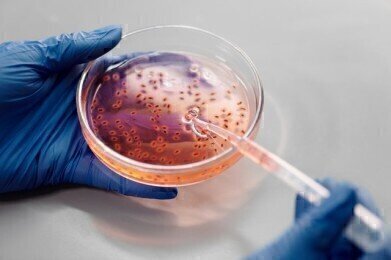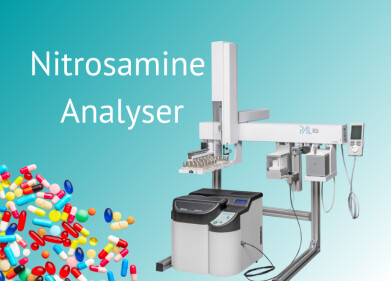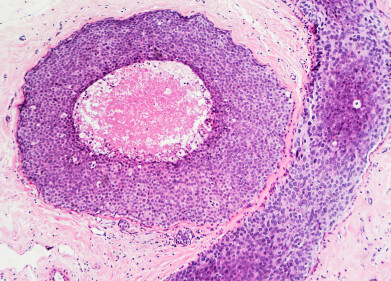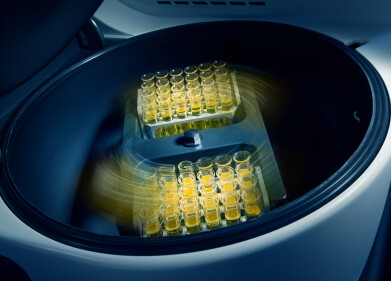Laboratory Products
5 Laboratory Sterilisation Methods
Apr 14 2021
Effective sterilisation methods are essential in any laboratory, whether researchers are working with deadly viruses, patient blood samples or toxic chemicals. Not only do sterilisation methods prevent contaminants from infiltrating samples and affecting research outcomes, but they also ensure no microbes, pathogens or other unwanted matter escapes the laboratory.
Research teams use a variety of methods to sterilise laboratories, with some of the most popular outlined below:
Autoclaving
One of the most effective ways to sterilise equipment, autoclaving uses highly pressurised steam to heat materials and kill unwanted microbes, viruses, spores and other contaminants. It does this by using intense heat and water to trigger a chemical breakdown and force protein hydrolysis. This disrupts the protein structures of contaminants and destroys microorganisms.
Dry heat
Also known as flaming and baking, dry heat uses intense temperatures to oxidise cellular components and kill microbes. The method calls for more energy than protein hydrolysis, which means dry heat sterilisation if usually conducted at higher temperatures. Dry heat is a great option for sterilising equipment or substances that may be damaged if exposed to moisture.
Filtration
While effective for removing bacteria, the filtration method is not able to capture viruses and bacteriophages. During the sterilisation process a filter is used to “sift” out microbes and purify a solution. The pore diameter of the filter will depend on the type of solution being filtered and the size of the microbes present. Membrane filters made from cellulose esters are common in many laboratories, as are sintered glass funnels.
Solvents
Solvents are a fast, easy and cost-effective way for laboratories to clean surfaces and some equipment. Ethanol is a popular disinfectant, with the capacity to deactivate lipophilic viruses such as influenza, herpes and vaccinia at concentrations of between 60% and 80% when diluted in water. The organic chemical compound does this by actively breaking down the fatty bilayer that encases a virus cell and destroying it in a matter of seconds.
Formaldehyde, hydrogen peroxide and chlorine dioxide
The final methods we’ll explore are used to decontaminate Bio Safety Cabinets (BSC), enclosed and specially ventilated workspaces used to contain hazardous biological material. Formaldehyde, a naturally occurring gas, is one of the most common substances used to decontaminate BSCs. The gas is circulated for 12 hours, then neutralised with ammonia gas. Hydrogen peroxide and chlorine dioxide are alternative methods, both explored in detail by Victor Lázaro in the article ‘Decontamination methods for Bio Safety cabinets.’
Digital Edition
Lab Asia 31.6 Dec 2024
December 2024
Chromatography Articles - Sustainable chromatography: Embracing software for greener methods Mass Spectrometry & Spectroscopy Articles - Solving industry challenges for phosphorus containi...
View all digital editions
Events
Nov 27 2024 Istanbul, Turkey
Jan 22 2025 Tokyo, Japan
Jan 22 2025 Birmingham, UK
Jan 25 2025 San Diego, CA, USA
Jan 27 2025 Dubai, UAE

.jpg)

















